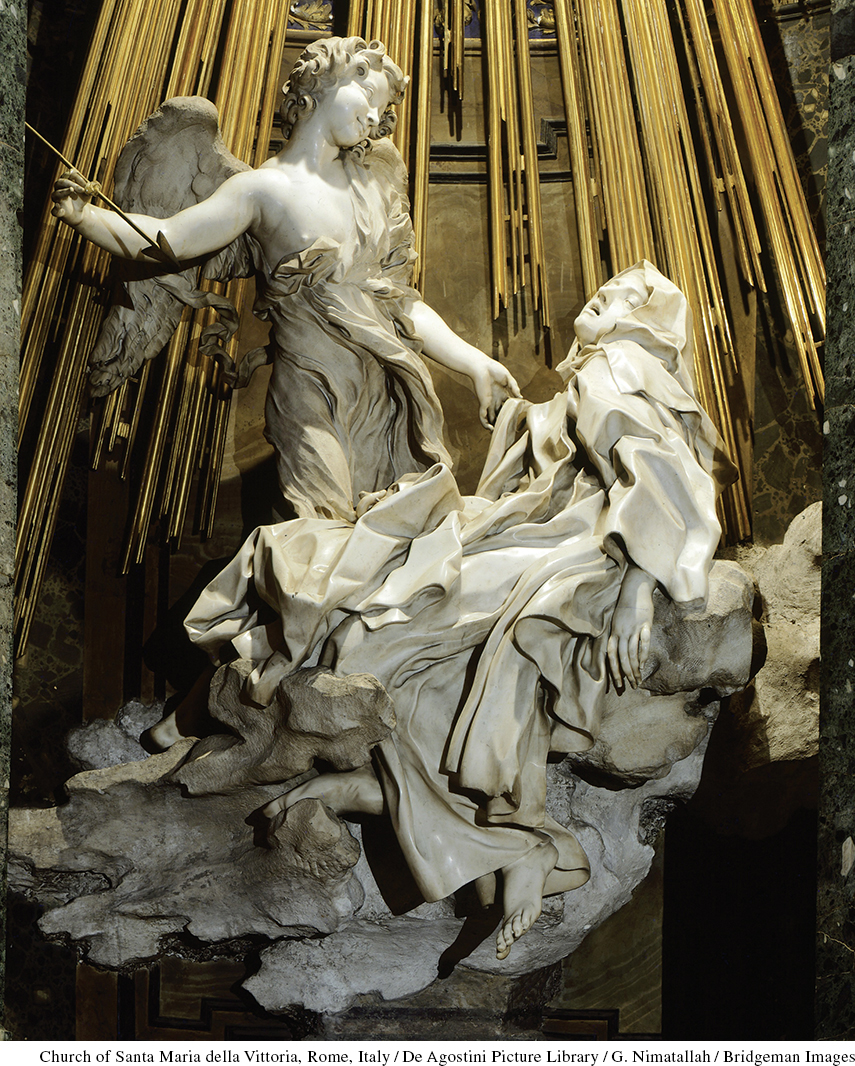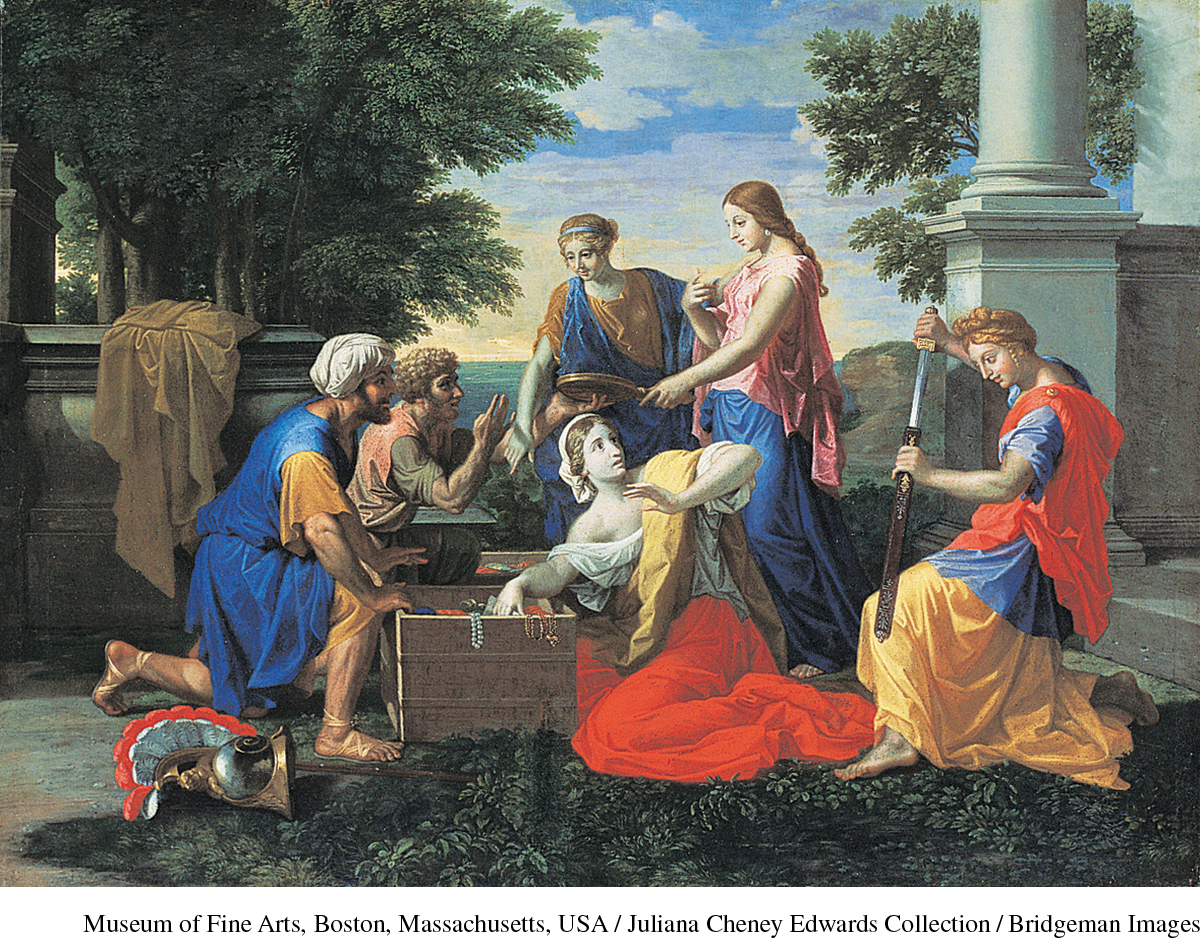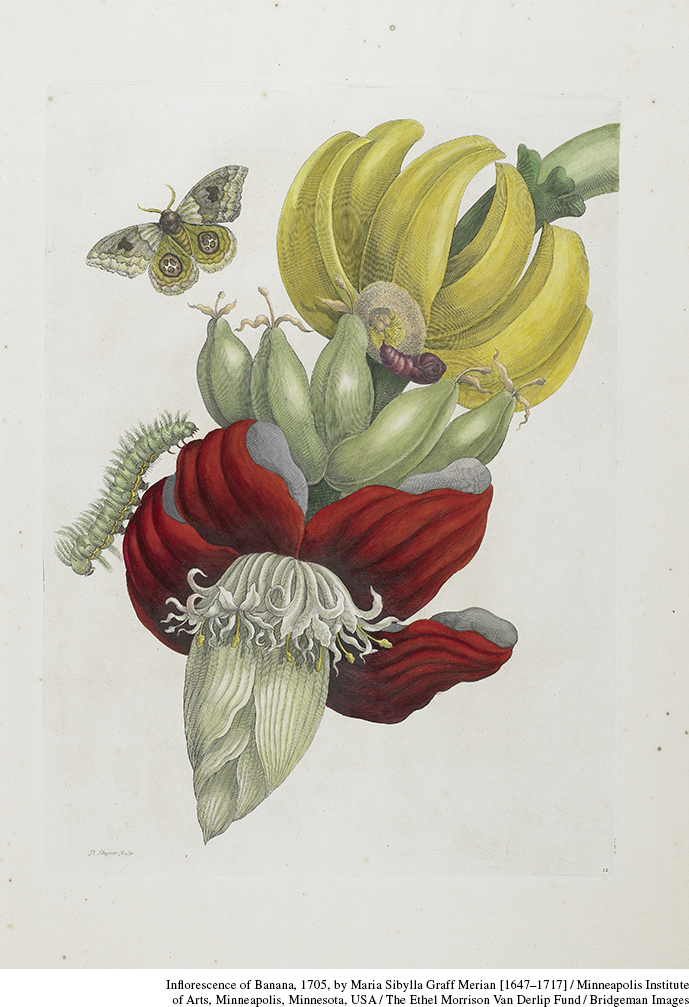Freedom and Constraint in the Arts and Sciences
Printed Page 530
Important EventsFreedom and Constraint in the Arts and Sciences
Most Europeans feared disorder above all else. The French mathematician Blaise Pascal vividly captured their worries in his Pensées (Thoughts) of 1660: “I look on all sides, and I see only darkness everywhere.” Reason could not determine whether God existed or not, Pascal concluded. Poets, painters, and architects all grappled with similar issues of faith, reason, and authority, but most of them came to more positive conclusions than Pascal about human capacities.

The English Puritan poet John Milton (1608–1674) wrestled with the inevitable limitations on individual liberty. In 1643, in the midst of the civil war between king and Parliament, he published writings in favor of allowing married couples to divorce. When Parliament enacted a censorship law aimed at such literature, Milton responded in 1644 with one of the first defenses of freedom of the press, Areopagitica. In it, he argued that even controversial books about religion should be allowed. Forced into retirement after the restoration of the monarchy, Milton published his epic poem Paradise Lost in 1667. He used the biblical Adam and Eve’s fall from grace to meditate on human freedom and the tragedies of rebellion. His Satan, the proud angel who challenges God and is cast out of heaven, is so compelling as to be heroic. In the end, Adam and Eve learn the limits to their freedom, yet personal liberty remains essential to their humanity. (See “Document 16.2: John Milton, Defense of Freedom of the Press.”)
The dominant artistic styles of the time—the baroque and the classical—both submerged the ordinary individual in a grander design. The combination of religious and political purposes in baroque art is best exemplified in the architecture and sculpture of Gian Lorenzo Bernini (1598–1680), the papacy’s official artist. His architectural masterpiece was the gigantic square facing St. Peter’s Basilica in Rome. Bernini’s use of freestanding colonnades and a huge open space was meant to impress the individual observer with the power of the popes and the Catholic religion.
Although France was a Catholic country, French artists, like their patron Louis XIV, preferred the standards of classicism to those of the baroque. As its name suggests, classicism reflected the ideals of the art of antiquity: geometric shapes, order, and harmony of lines took precedence over the sensuous, exuberant, and emotional forms of the baroque. Rather than being overshadowed by the sheer power of emotional display, in classicism the individual could be found at the intersection of converging, symmetrical, straight lines. These influences were apparent in the work of the leading French painters of the period, Nicolas Poussin (1594–1665) and Claude Lorrain (1600–1682), both of whom tried to re-create classical Roman values in their mythological scenes and Roman landscapes.
Art could also serve the interests of science. One of the most skilled illustrators of insects and flowers was Maria Sibylla Merian (1646–1717), a German-born painter-scholar whose engravings were widely celebrated for their brilliant realism and microscopic clarity. Merian separated from her husband and accompanied missionaries to the Dutch colony of Surinam, in South America. She painted watercolors of the exotic flowers, birds, and insects she found in the jungle around the cocoa and sugarcane plantations.


Despite the initial religious controversies associated with the scientific revolution, absolutist rulers quickly saw the potential of the new science for enhancing their prestige and glory. Various German princes supported the work of Gottfried Wilhelm Leibniz (1646–1716), who claimed that he, and not Isaac Newton, had invented modern calculus. A lawyer, mathematician, and philosopher who wrote about metaphysics, cosmology, and history, Leibniz also helped establish scientific societies in the German states. Government involvement in science was greatest in France. In 1666, Jean-Baptiste Colbert founded the Royal Academy of Sciences, which supplied fifteen scientists with government stipends. In contrast, the Royal Society of London grew out of informal meetings of scientists at London and Oxford. It received a royal charter in 1662 but maintained complete independence.
Because of their exclusion from most universities, women only rarely participated in the new scientific discoveries. In 1667, nonetheless, the Royal Society of London invited the writer Margaret Cavendish to watch the exhibition of experiments. Labeled “mad” by her critics, she attacked the use of telescopes and microscopes because she detected in the new experimentalism a mechanistic view of the world that exalted masculine prowess and challenged the Christian belief in freedom of the will. Yet she urged the formal education of women, complaining that “we are kept like birds in cages to hop up and down in our houses.”